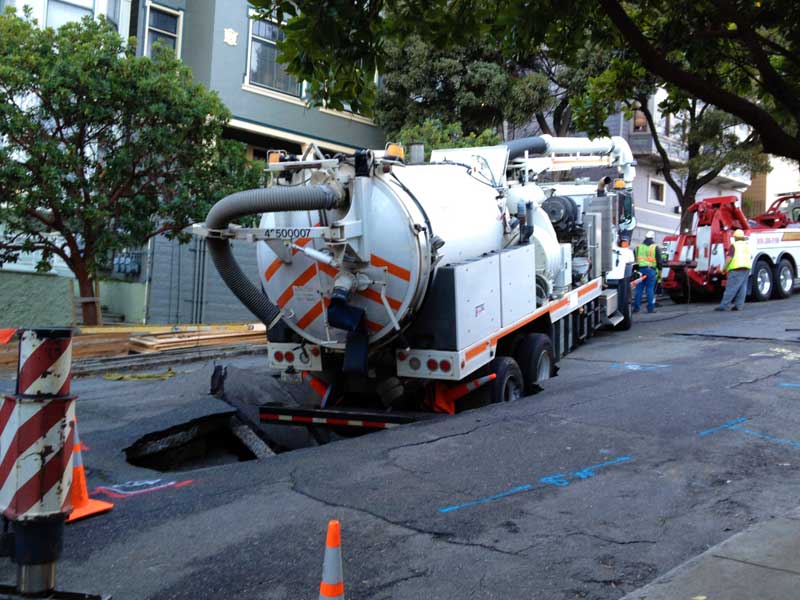(TheWeatherSpace.com) - An upswing in California earthquakes has some people questioning the health of the faultlines. Long Valley Caldera to Mammoth Mountain are swarming at the same time.
Earthquakes are the normal in California, however within the last week an upswing in activity has been noted. The Long Valley Caldera is showing signs that magma is indeed moving down there.
The Long Valley Caldera is something that is dismissed due to the Yellowstone Super Volcano. There is evidence in the past that the Long Valley Caldera is more dangerous than Yellowstone, and just a stone's throw away from the populated regions of Southern California.
The caldera is just north of Ridgecrest off of Highway 395 and activity has been spiking within the last week.
"We don't think much is going on there, but it is being monitored," said the USGS. "We have teams in the area and have just recently finished a study on the area."
So while no one can predict what will happen, just as Yellowstone, the Long Valley Caldera is considered a super volcano that can go off at anytime.
"We've notice an increase in 2s and 3s across California as well, with poppers across Southern California," said TheWeatherSpace.com Senior Meteorologist Kevin Martin. "This usually means we are going to have the stress released soon in the area. What is also interesting is Long Valley and Mammoth Mountain activity is happening at the same time. This is real interesting."
Earthquakes are the normal in California, however within the last week an upswing in activity has been noted. The Long Valley Caldera is showing signs that magma is indeed moving down there.
The Long Valley Caldera is something that is dismissed due to the Yellowstone Super Volcano. There is evidence in the past that the Long Valley Caldera is more dangerous than Yellowstone, and just a stone's throw away from the populated regions of Southern California.
The caldera is just north of Ridgecrest off of Highway 395 and activity has been spiking within the last week.
"We don't think much is going on there, but it is being monitored," said the USGS. "We have teams in the area and have just recently finished a study on the area."
So while no one can predict what will happen, just as Yellowstone, the Long Valley Caldera is considered a super volcano that can go off at anytime.
"We've notice an increase in 2s and 3s across California as well, with poppers across Southern California," said TheWeatherSpace.com Senior Meteorologist Kevin Martin. "This usually means we are going to have the stress released soon in the area. What is also interesting is Long Valley and Mammoth Mountain activity is happening at the same time. This is real interesting."



